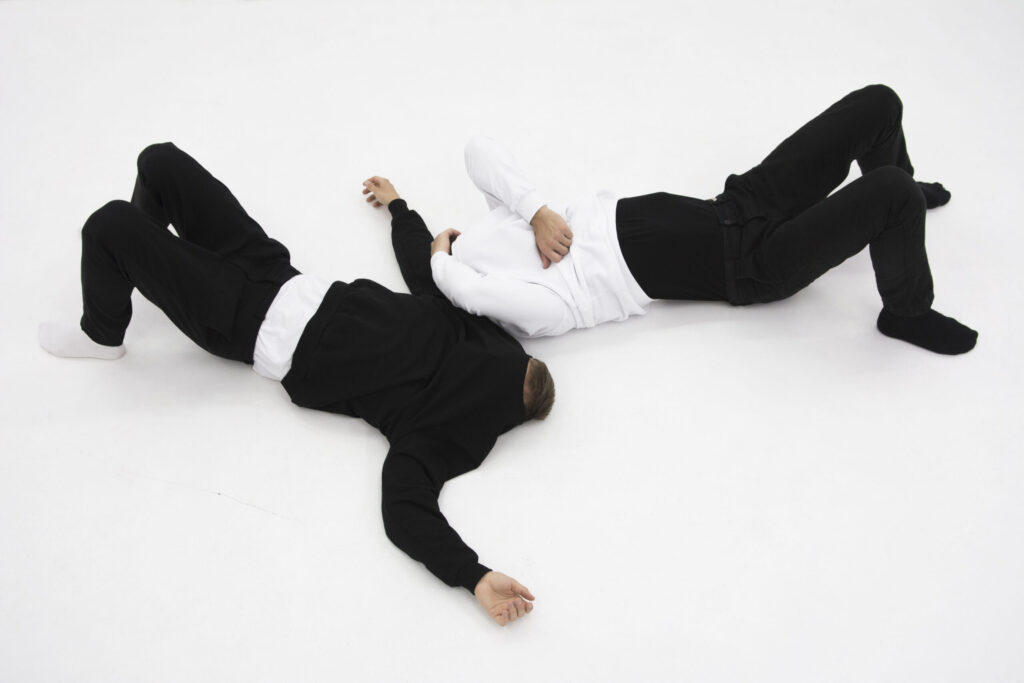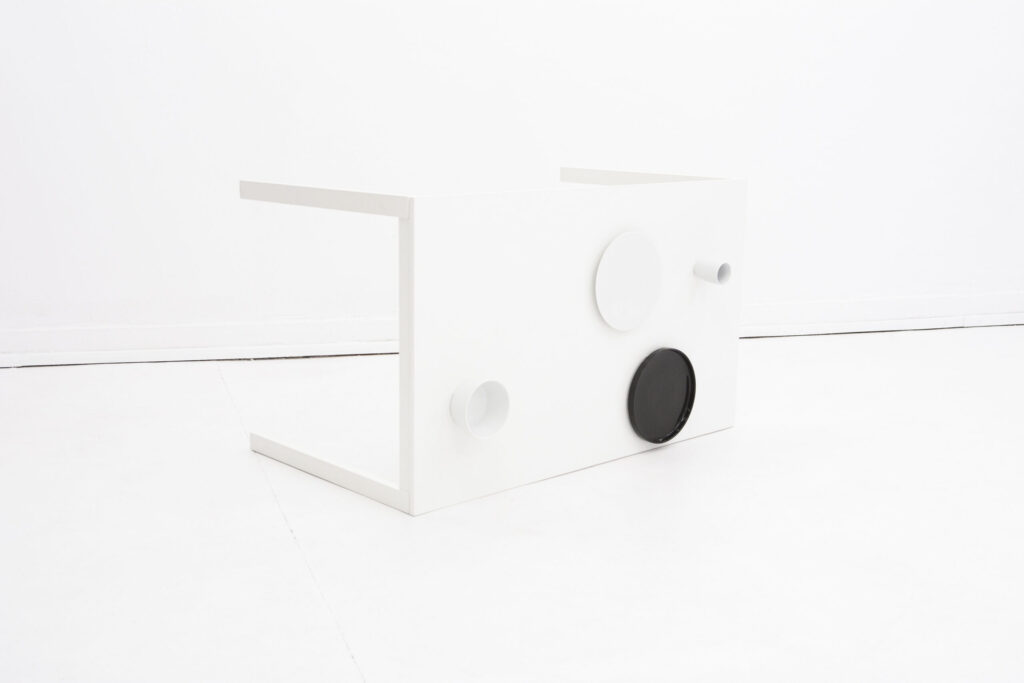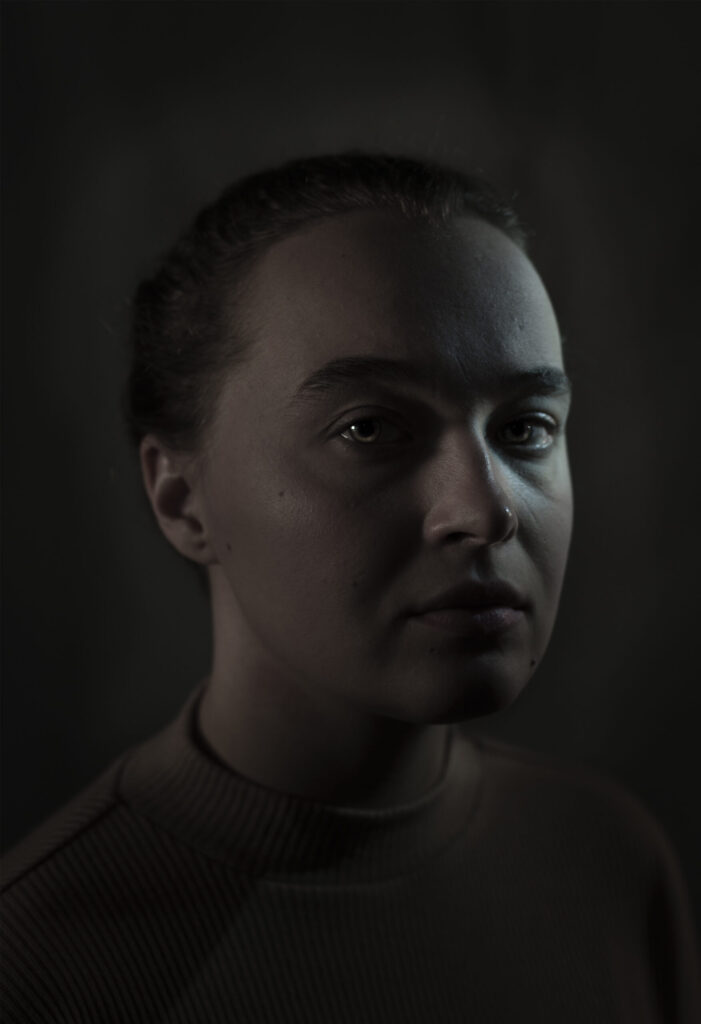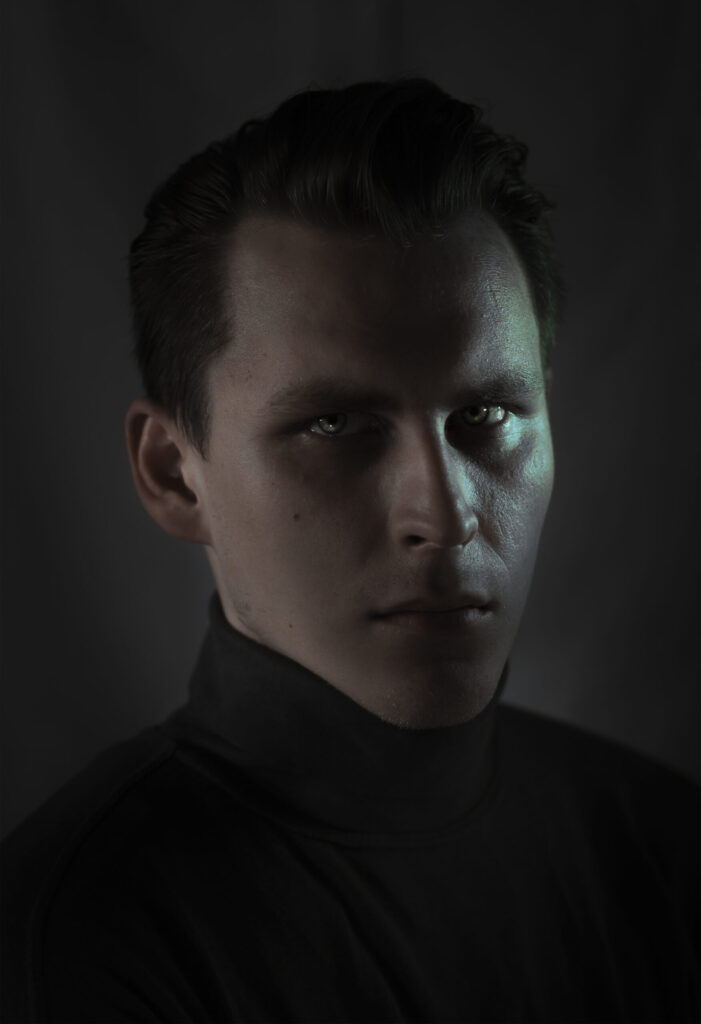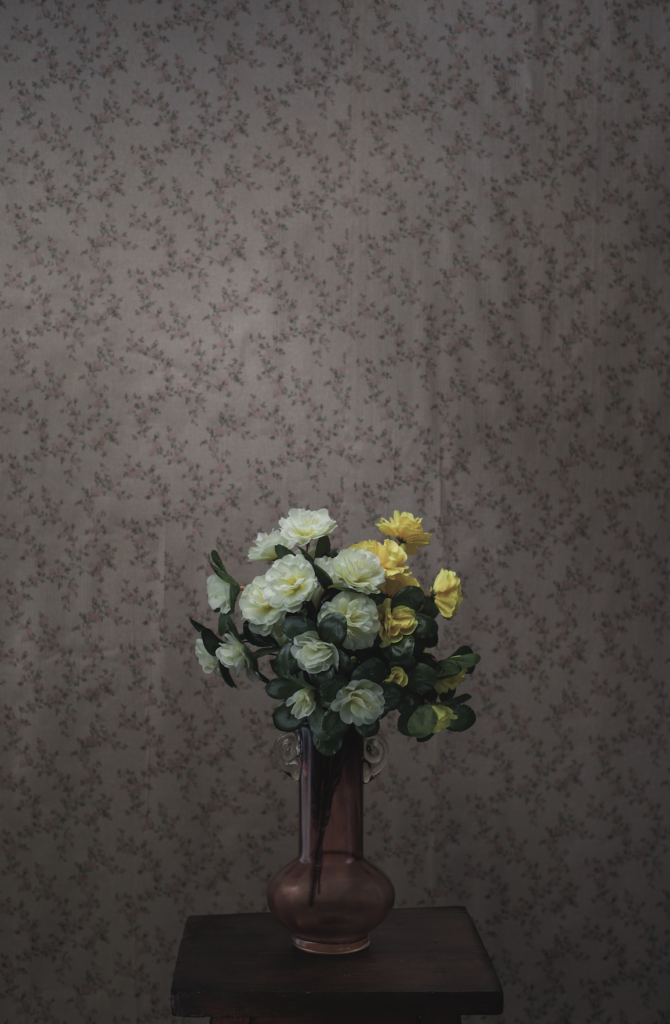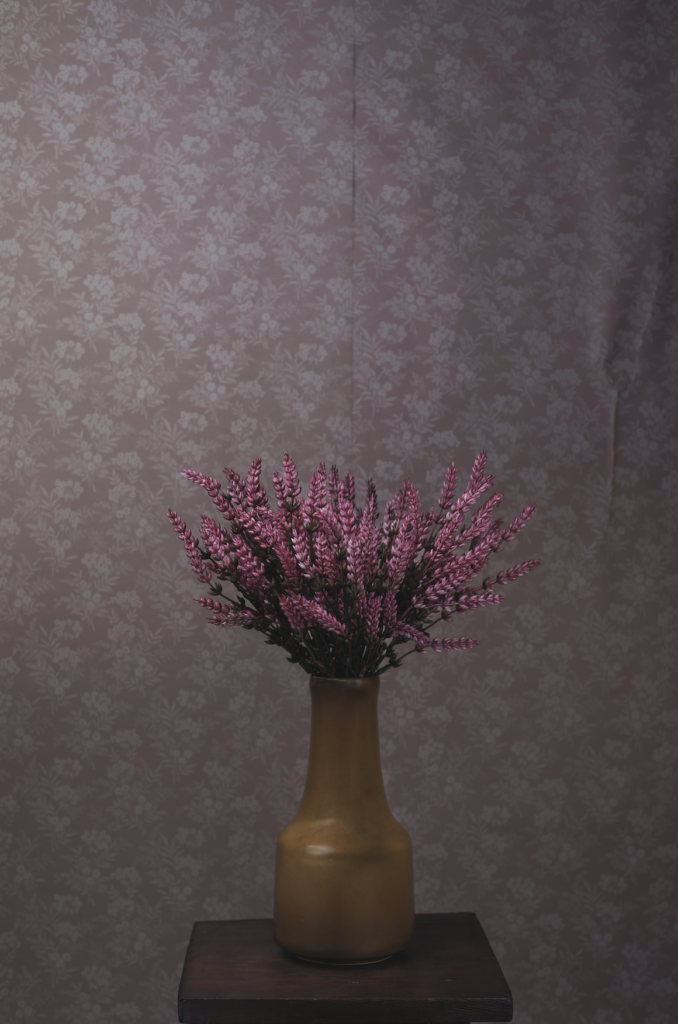STUDIOS
‘A modern work of art establishes itself as a paradoxical object [...] - as an image and its own criticism at the same time.’
Boris Groys
We concur with Hans Belting, that the image, also a photographic image, relates to the most basic, existential experiences of a human being. ‘The concept of an image, if treated seriously, is validated only as an anthropological one. We live with images and understand the world in images. This life reference to the image finds its continuation in human activity of physical production of images. (...)’ Contemporarily, photographic images are the ones to be produced on the most massive scale and their use and status are constantly under intensive transformation. Everybody consumes and produces images and the result of it is a visual chaos. Creating meaningful, relevant works, which must come into existence in this environment, without just multiplying information buzz is a real challenge these days. The awareness of the consequences of our own visual activity and ways of communicating significant content by the use of photography is a basic challenge for us. We do not divide images on silver-print, digital, lasting or elusive… all of them may be a junction in the net of our material and virtual interconnections.
It’s a place, workshop, lab but foremost a community of people searching for their own place in a ‘communication galaxy’, which we understand as a multidimensional and multimedia cloud made of hyper-networked beings that allows the images to exist.
Photography made us used to constant crossing of media boundaries and incorporating new models of artistic production in a hybrid reality. Postphotographic images appear unexpectedly thanks to the rhizomatic nature of contemporary photography. An overwhelming excess of photographic images, those modified and generated digitally too, causes the inflation of their meanings and contributes to the decline of our trust towards photography. In the photography universe there is space for activities, which are connected to photography more by the will and intention of the creator rather than technique. It’s currently more relevant to us to operate on what is photographic rather than analyse how photography is understood as a medium. It foremost means the introduction of potentially all possible phenomena, strategies, techniques related to photography into our scope of interest. We treat understanding of these phenomena and processes as a foundation for our creative work.
We put our students in a situation where they formulate problems of their interest and try to find solutions on their own. It’s the basis for authentic involvement and taking responsibility for their statements. At the same time it gives the opportunity to individualize the didactic process, where the relationship of master-student is replaced by partnership cooperation of people with different experience but equally open to the possibilities of photographic imaging.
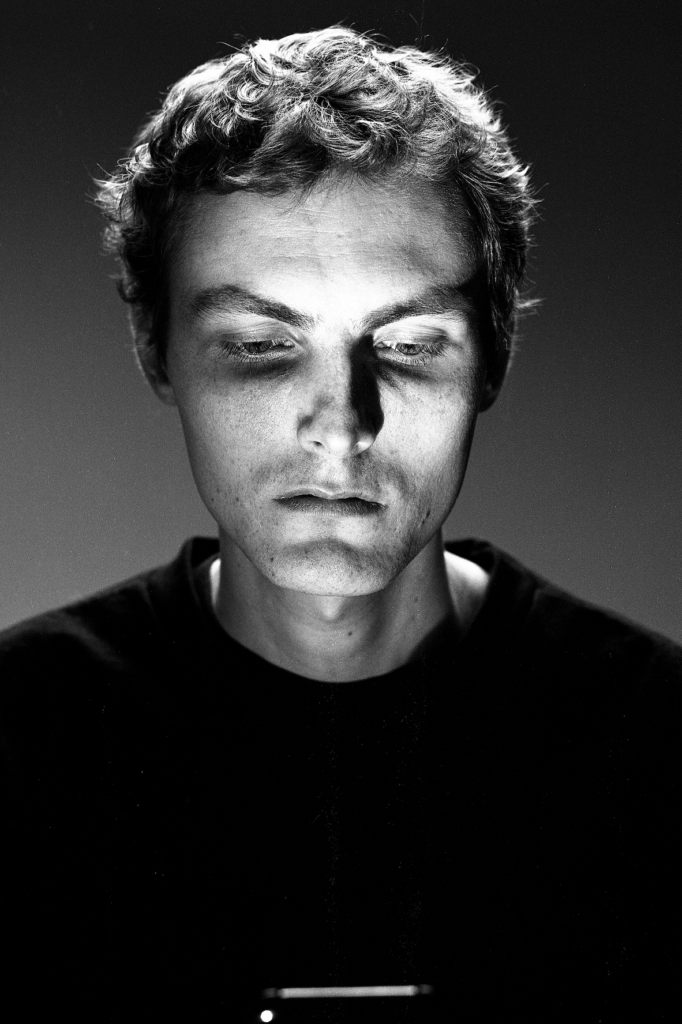
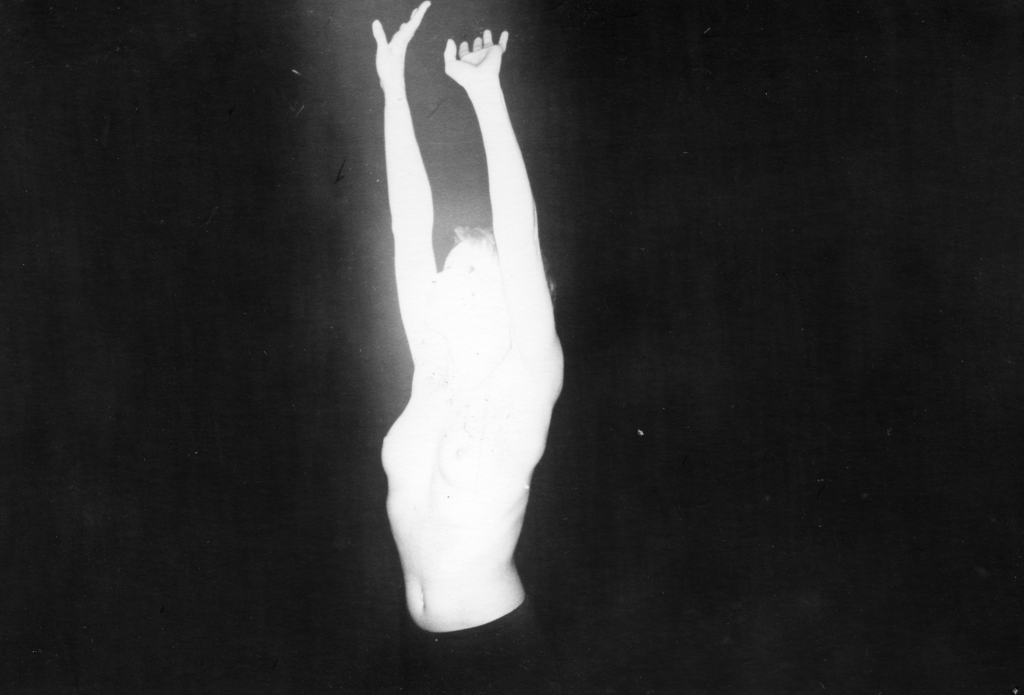
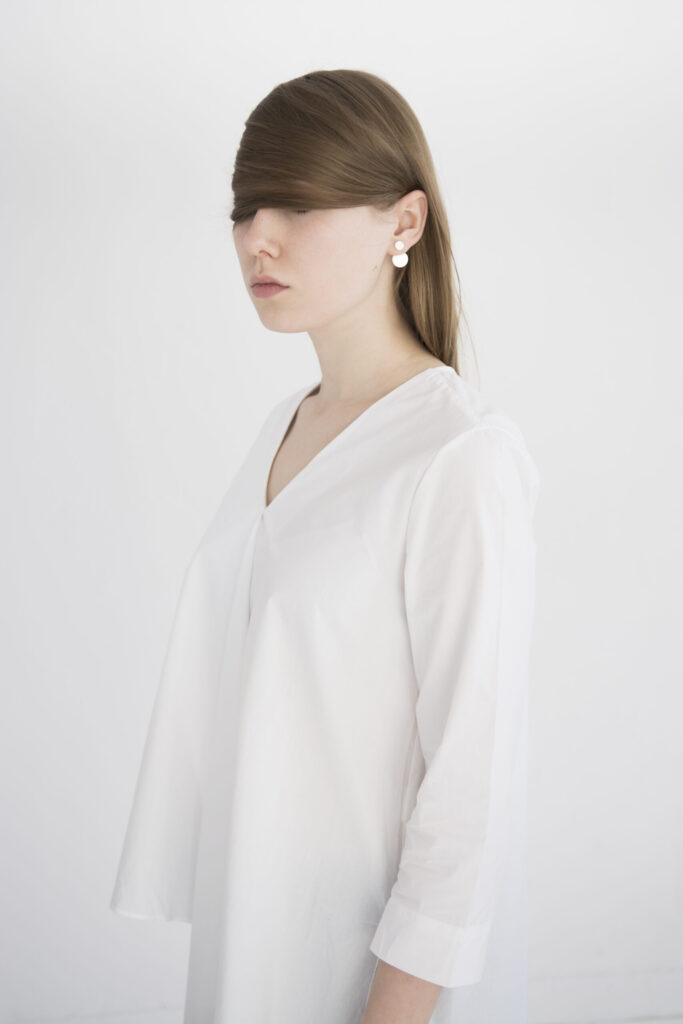
Magdalena Czyżewska,Teoria,
2018
